While the Shanghai Maglev train is a way to travel between Shanghai Pudong International Airport and the city, it’s not the only important train you need to know about in Shanghai. To travel efficiently around China, you’ll need to familiarize yourself with bullet trains using our Chinese bullet train guide.

Bullet trains are extremely convenient, but there’s a lot you need to know before you ride one. That’s where this bullet train guide will come in handy. In this guide, we will break down how to book your ticket, where to catch these trains, pricing information, seating class info, and facts about the train itself. I’ve already taken a ride on KTX Bullet trains, and in this article, I’m also covering the Chinese Bullet Train Guide: Shanghai Edition.

Bullet trains are an incredible feat of engineering. They are high-speed trains that make traveling between distant cities quick and easy. The bullet trains in China can travel at speeds up to 217 mph (350 km/h) and connect a whopping 550 cities around the country. With over 18,000 miles of rail in the country, China is home to the largest high-speed rail network in the world.

A trip that would take you a half-day or more in a car takes just a fraction of that time on the bullet train. For example, the 819-mile journey between Shanghai and Beijing is a roughly 12.5-hour drive. Compare that to the bullet train, which takes just 4.5 hours to travel between the two cities.
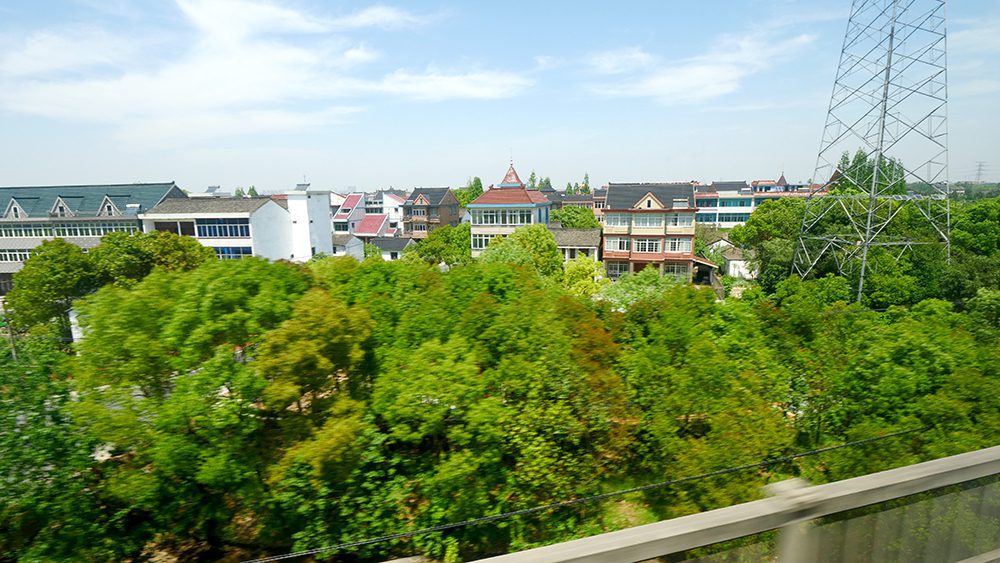
And because flying requires you to check-in and go through security checkpoints, the bullet train will also get you to many destinations faster than a plane would.

Even though Chinese bullet trains are remarkably fast, they are also very safe. Booking rides between cities is also very reasonably priced. And because bullet trains aren’t subject to traffic- or weather-related delays, they’re always reliable and punctual.
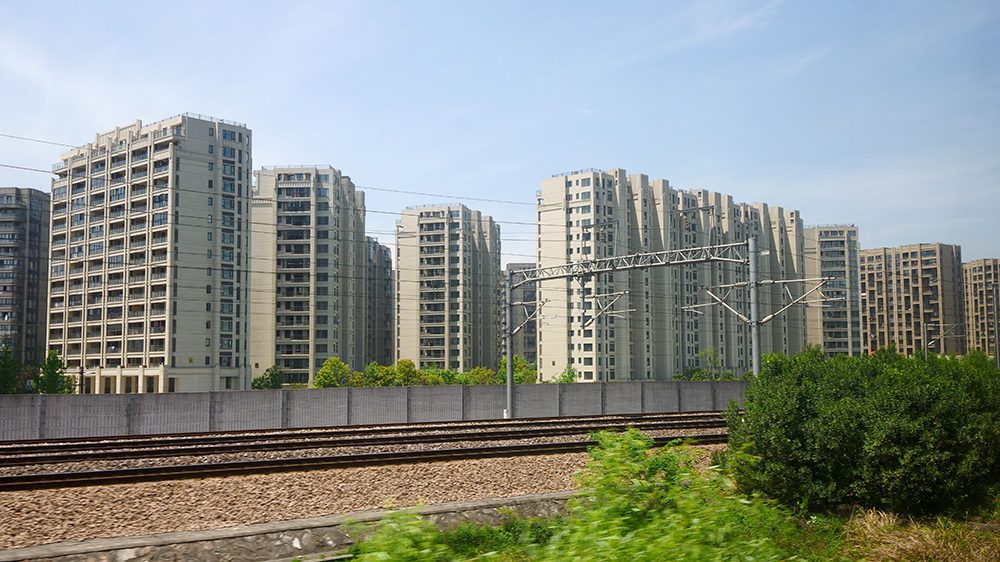
Because of that, this Chinese bullet train guide recommends the bullet train to travelers with a packed itinerary. After all, who wants to lose half a day traveling to a destination when you have the option of getting there in just a couple of hours or even less?

During my time in China, the city of Shanghai was the hub I used to travel to two other cities in the eastern part of the country: Suzhou and Hangzhou. There are two stations in Shanghai that offer bullet train service to these cities, Shanghai Railway Station and Hongqiao Station.
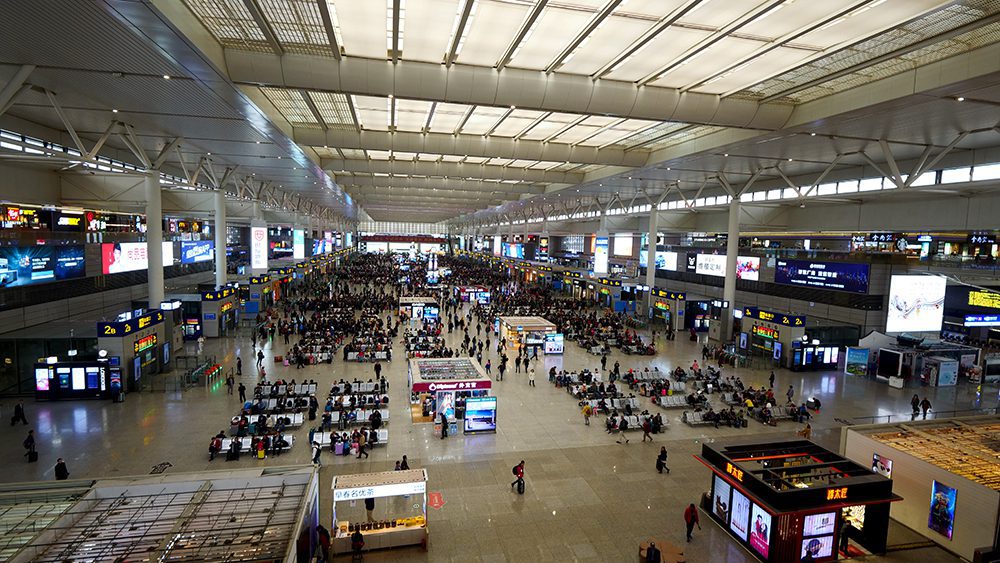
Shanghai Railway Station is very close to the city center, so it may be a good option for you if you’re staying in that area and don’t want to travel far. However, it should also be noted that while Shanghai Railway Station is more convenient as far as location is concerned, a lot fewer bullet trains operate there. Only one bullet train travels to Suzhou per hour from Shanghai Railway Station, and only two pair of trains travel to Hangzhou daily.
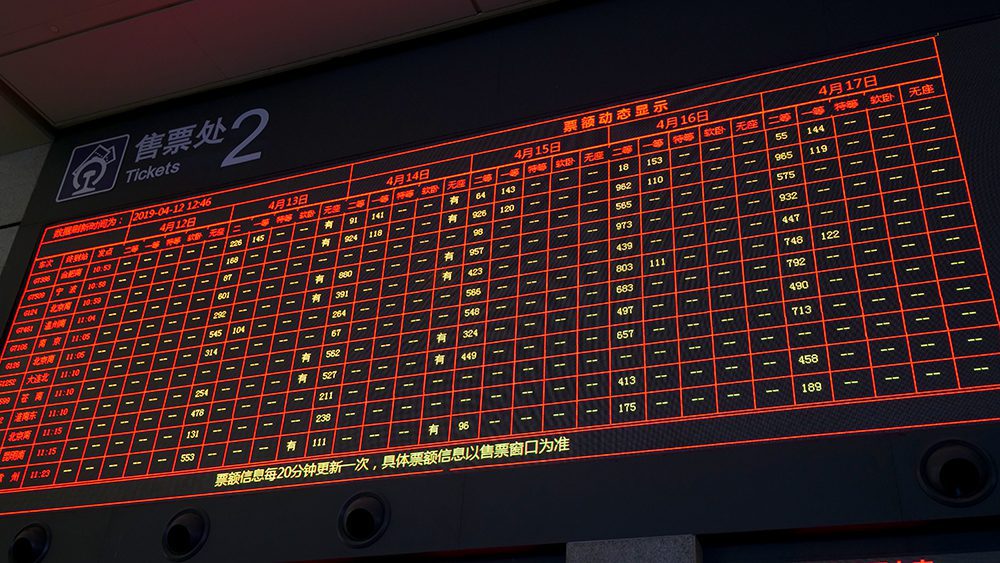
This Chinese bullet train guide recommends using Hongqiao Station for all of your bullet train needs in Shanghai. It’s located far away from the city center, but its flexible train schedule is worth it, as a train leaves for Suzhou from Hongqiao every 5 to 10 minutes.

Keep in mind that there are two trains stations in Suzhou to choose from and three in Hangzhou. Before you book your ticket, find out which station is closest to your accommodations to make your journey from the station to your hotel or Airbnb easier on you.

If you’ve already taken a look at Chinese bullet train fares and routes, you’ve probably noticed that there are different types, including G trains, D trains, and C trains. When traveling between Shanghai, Suzhou, and Hangzhou, you’ll only come across G- and D trains, but you’re probably wondering what the difference is between them.

One of the main differences between G- and D trains is the maximum speed at which they can travel. G trains are the fastest and most advanced trains in the country and travel at speeds between 250 and 400 km per hour, or 155 – 248 mph. Meanwhile, D trains travel between 200 and 250 km per hour/124 – 155 mph.
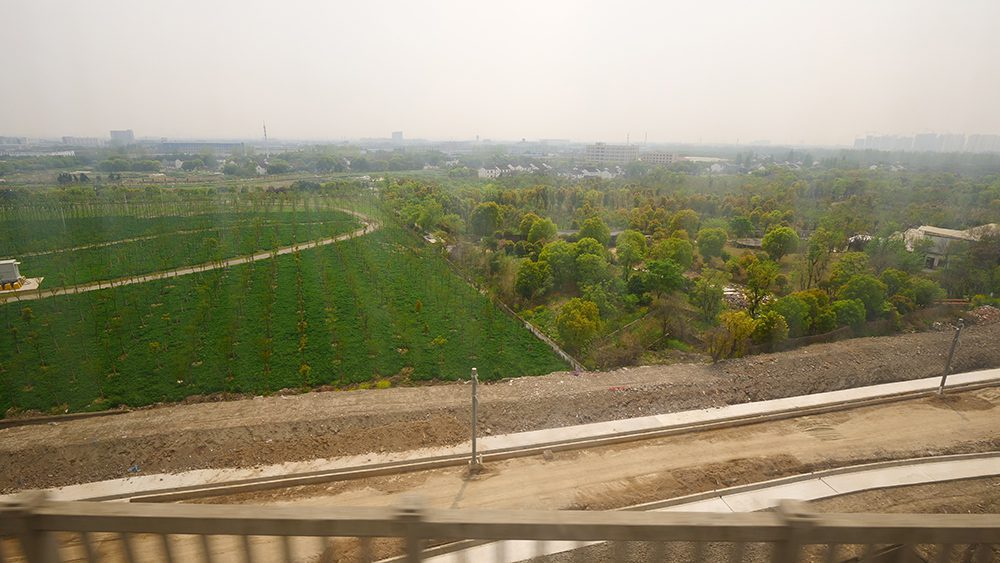
G trains also make fewer stops than D trains. While G trains mostly serve larger cities exclusively, D trains stop at larger and mid-sized cities and serve more stations. G trains operate mostly during the day and don’t contain sleepers, but D trains have sleepers for routes that run at night.
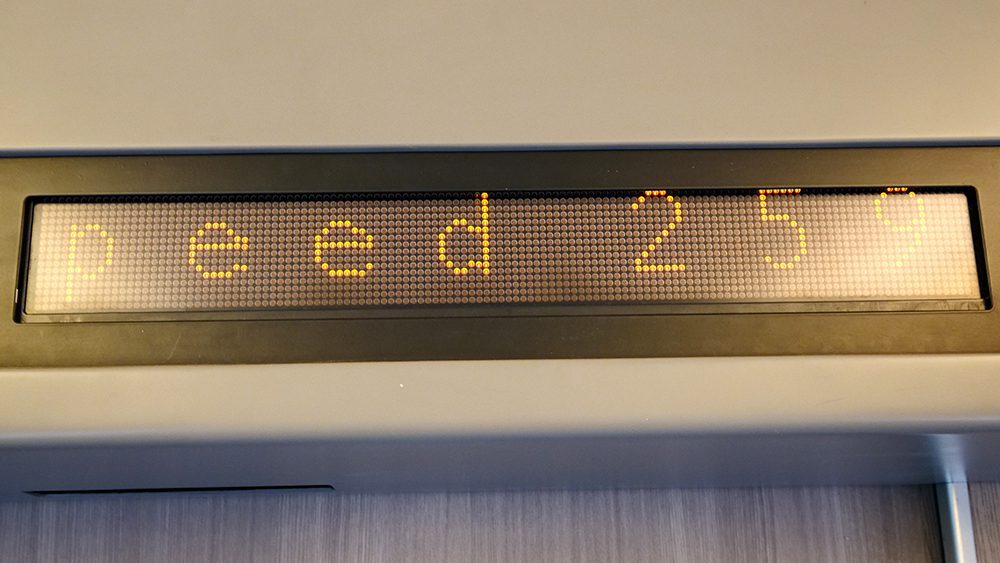
Finally, G trains are more expensive than D trains. Typically, prices on G trains are between 30 and 40% higher than those on D trains. This is, of course, due to the speed at which the trains travel, the travel time between cities, and the fact that G train facilities are usually more advanced than those on D trains. Both options are still noted for their cleanliness and comfort, so you’re in for a pleasant ride with either.
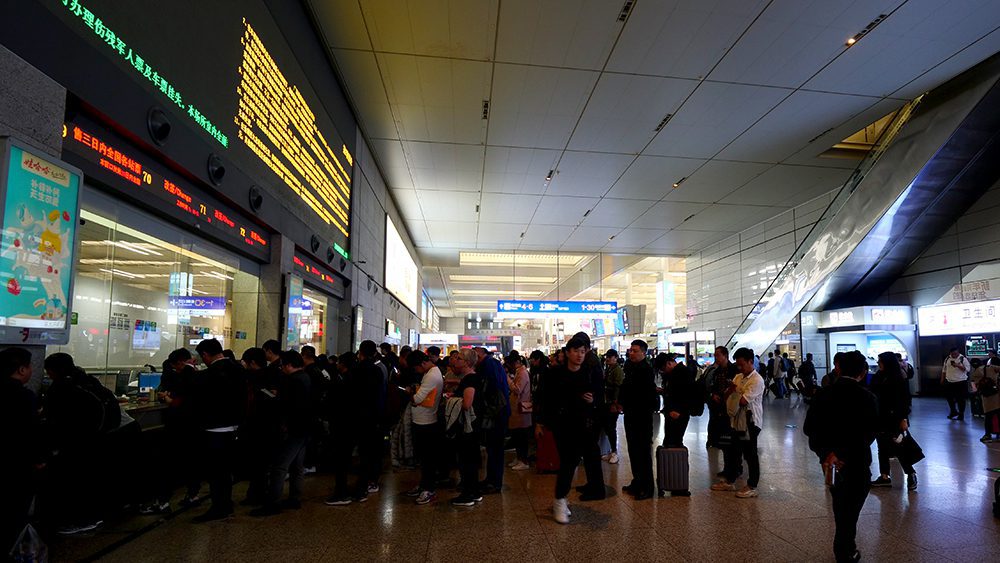
I won’t beat around the bush on this. Booking a ticket on a Chinese bullet train yourself can be frustrating, especially if you’re a foreigner and don’t know Mandarin. Very few people in China speak English, so even asking for help can be a challenge.

Foreigners need to have their passport and ID ready when they arrive at whichever station they choose to depart from. When I arrived at Hongqiao Station to head for Suzhou, I encountered some problems with my passport at the window outside, but thankfully they let me go inside so I could buy my ticket inside.

I was lucky to run into a friendly local who helped me find the ticket counter inside Hongqiao Station. Note that the station does not accept non-Chinese credit cards, so you’ll likely wind up paying out-of-pocket.
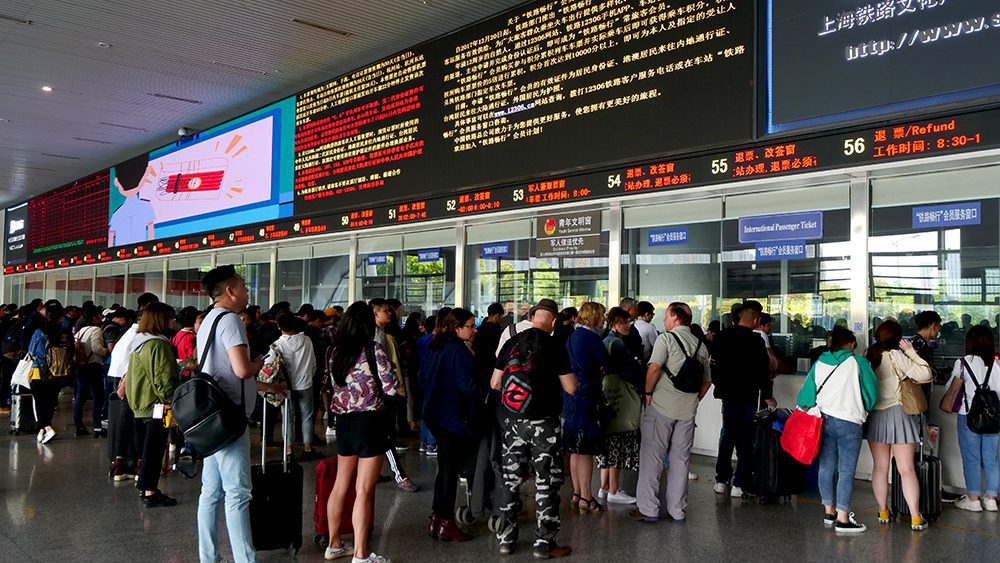
This Chinese bullet train guide highly recommends buying your ticket in advance just to be safe. Tickets can be bought online up to 30 days in advance. To make things simpler for you, you may want to book your tickets through a service such as TravelChinaGuide to avoid issues like sold-out trains.
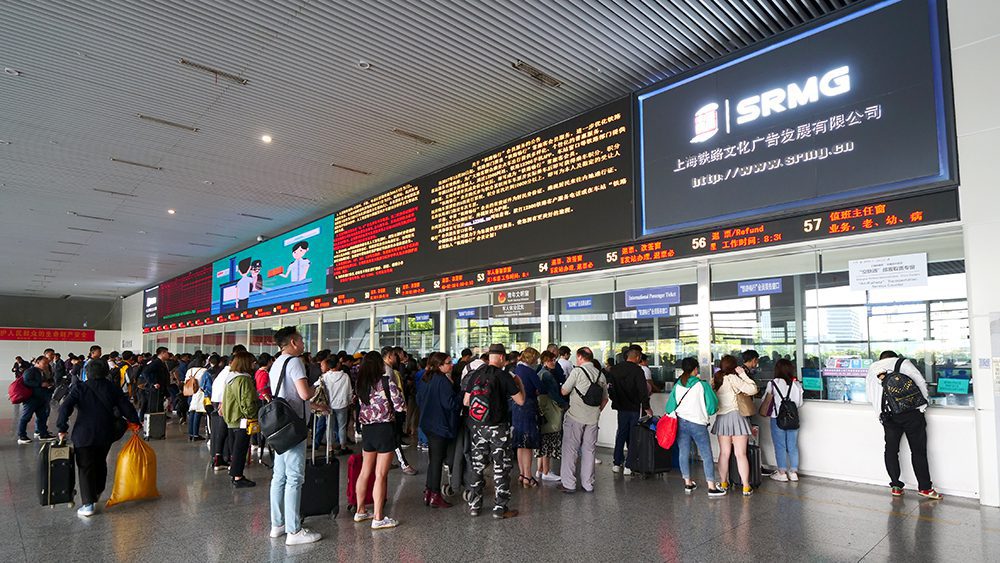
I also strongly suggest arriving at your station of choice at least 90 minutes before your departure time so you have ample time to iron out any wrinkles that may arise.
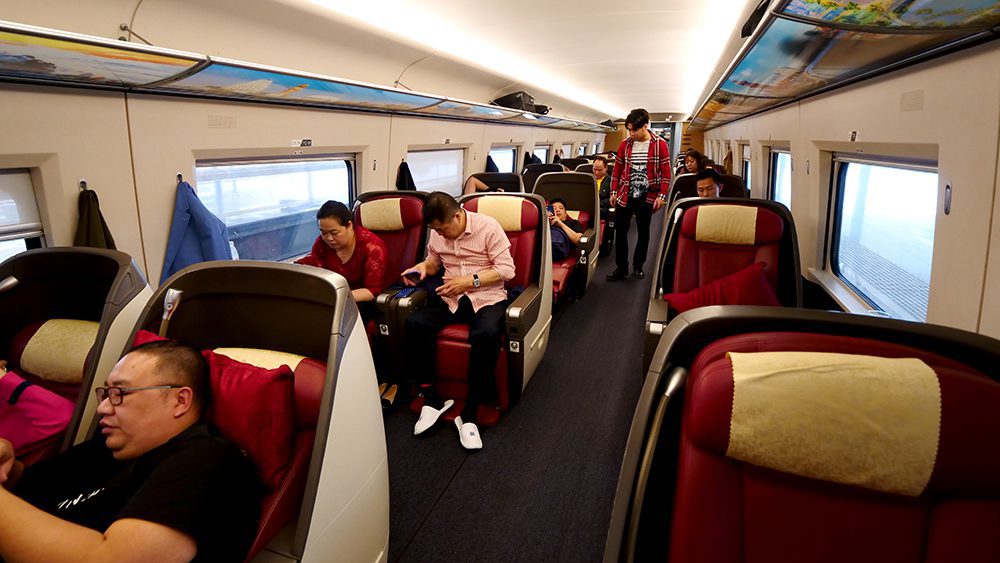
In general, there are four seating classes on Chinese bullet trains: second class, first class, business class, and VIP. VIP isn’t available on the Shanghai-Suzhou and Shanghai-Hangzhou routes but can be found on some of the longer railway routes. There are even sleepers provided on a handful of overnight trains.
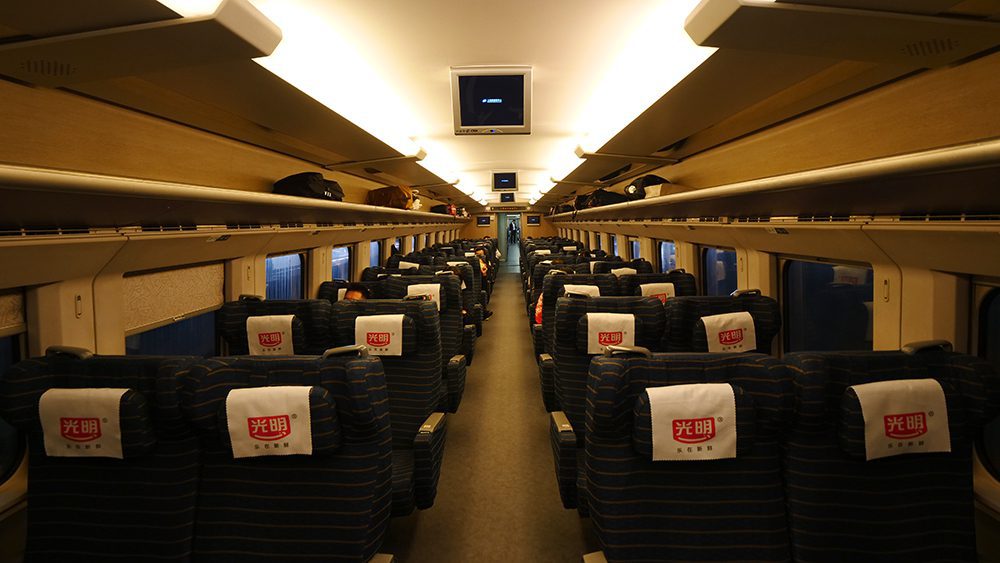
Second class seating features the smallest and tightest seats on Chinese bullet trains. They’re arranged in a 3-2 configuration. First class seats are a bit larger and more comfortable and are arranged in a 2-2 configuration, while business class boasts the largest and most comfortable seats in a 2-1 configuration.

Regardless of which class you choose, rates for bullet train tickets to Suzhou and Hangzhou are very reasonable. The pricing information below was accurate as of August of 2019. Be sure to check official websites for the most accurate, up-to-date pricing information.
G Train – Second Class
G Train – First Class
G Train – Business Class
D Train – Second Class
D Train – First Class
G Train – Second Class
G Train – First Class
G Train – Business Class
D Train – Second Class
D Train – First Class
While the rides between the three cities are quite short, this Chinese bullet train guide recommends springing for at least first class on each ride. It’s a bit pricier, but it also makes the ride much more comfortable. Read on to learn more about the classes I chose and what the cars and rides were like.

There are over 175 pairs of bullet trains that travel from Shanghai to Suzhou daily. Because there are two stations in Shanghai to choose from, as well as two in Suzhou, there are variances in pricing depending on which train you take.

The ride between the two cities only takes 22 minutes. At the time I traveled to Suzhou, only first class was available, which cost me about $7 U.S. Because of the difficulties I’d had at the station, I made it down to the platform with just minutes left.
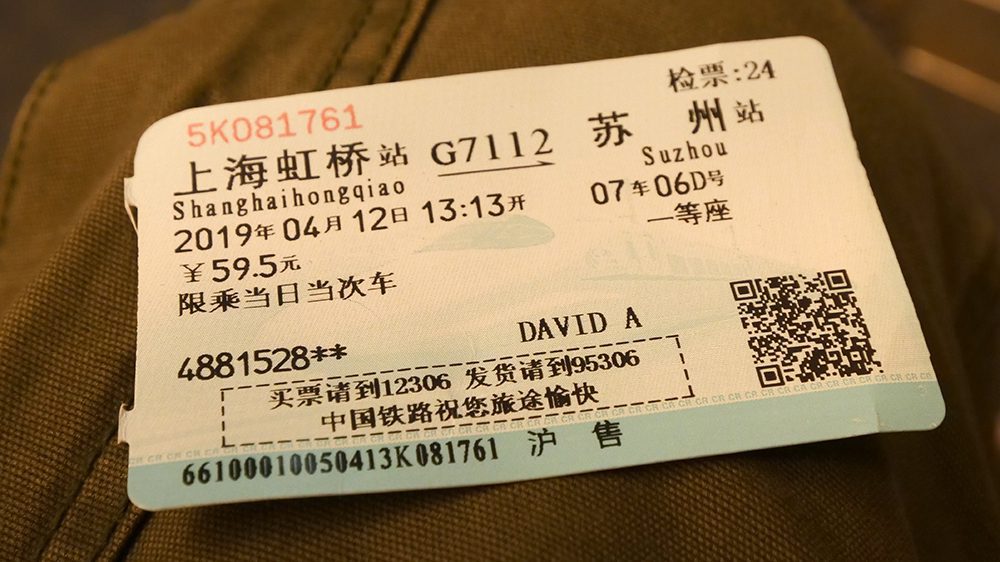
One of the reasons I recommend choosing first class or business class in this Chinese bullet train guide is the leg room. This is important, especially if you’re a taller traveler like me. The larger seats were very comfortable and allowed me to stretch out, which was perfect for my six-foot frame. Even on a short ride, you don’t want to be cramped.
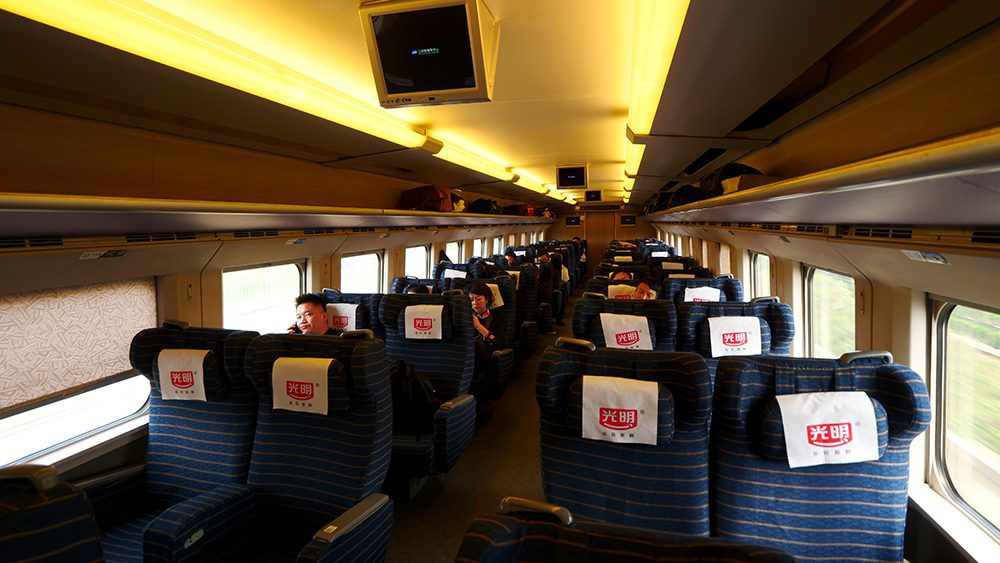
There’s an area on board for you to store your luggage, as well as a bathroom. The bathroom on my car was very clean, much like the rest of the country. I had noticed during my time there that cleanliness seemed to be of top priority nearly everywhere I went. The bathroom had a faucet and there was also a hot water station in the aisle.
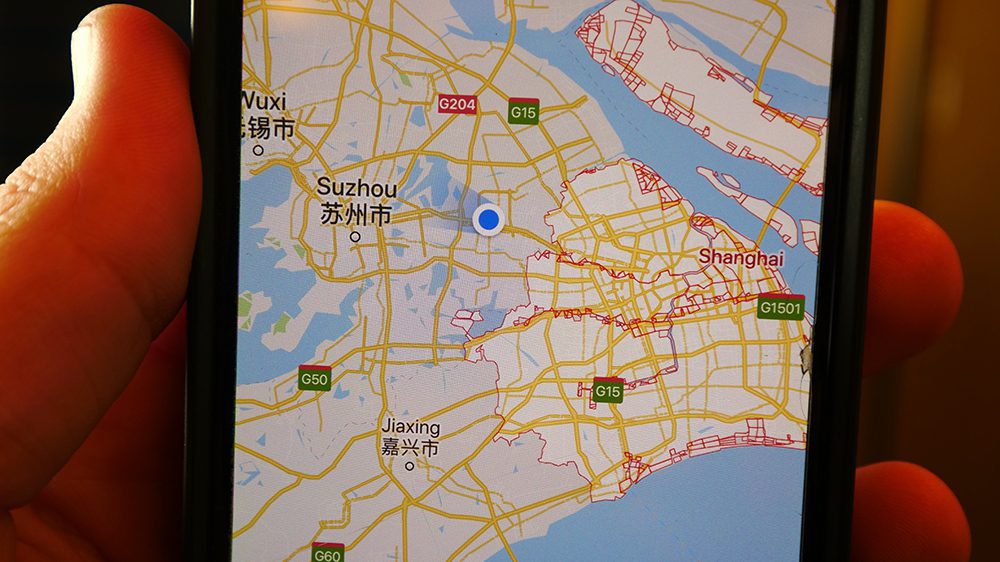
As I rode toward Suzhou, I couldn’t help but notice lots of greenery flashing past my windows, even if there was a lot of pollution visible in the air. As the ride is so short, there are no meals served onboard. If you’d like bottled water like I did, it will cost you around 15 CNY, or about $2.18 U.S.
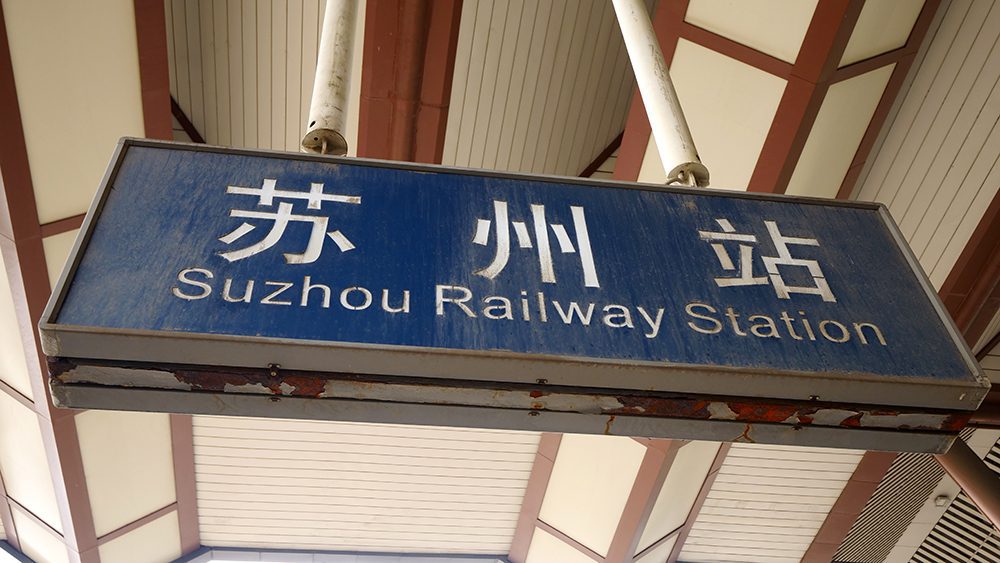
I traveled to China just three months after my trip to Japan in January of 2019. Like China, the most efficient way to travel between cities is to ride the bullet trains. But in Japan, it is customary to stay as silent as possible on all public transportation due to their strict etiquette rules. That was a stark contrast to my trip to Suzhou in China, where there were other passengers audibly talking around me!

Over 130 pairs of Chinese bullet trains run between Shanghai and Hangzhou every day. The shortest travel time between the two is about 45 minutes, so while it’s still further away than Suzhou, the ride isn’t bad at all, especially if you decide to ride business class like I did.

My travels to Hangzhou went a lot smoother than my journey to Suzhou. I arrived 80 minutes ahead of my departure and had a picture of my reservation to show the teller at the ticket counter, which allowed me to avoid language barrier issues.

The business train car was at the very end of my train. It was pretty luxurious and spacious! There were only five seats in the entire car. They were large and comfortable and offered a lot of leg room. You can extend and even recline them if you want, which kind of made me feel like I was on a spaceship! Most impressively, the seats come with a food tray and a TV attached to them.

As you ride to Hangzhou, you’ll be able to check out some of eastern China’s beautiful rural villages out your window. One of my favorite things to do on bullet trains is to admire the towns, villages, and countryside that whizzes past my window. It offers a glimpse into what the country is like and is a great way to spend long and short journeys.

Even though the ride is only 45 minutes long, you’re served a snack pack that contains chocolate and biscuits. You’re also given complimentary bottled water. They’re small touches that will make your Chinese bullet train a little more comfortable as you ride to Hangzhou!

With over 2,800 Chinese bullet trains operating in China, there are a plethora of rail options. If you use Shanghai as your home base, there are several other cities that you can travel to within two hours. Here are some of the other cities that are a quick Chinese bullet train ride from Shanghai:

Riding the Chinese bullet train is easily the best way to cut costs and time when traveling through the country. While the language barrier can cause some issues for foreigners, it’s also a clean, efficient, and fun way to get around and see the country at the same time. Just arrive at your station about 90 minutes ahead of time and you should be all set! Book a trip to Shanghai today to experience some of the fastest trains in the world today!
NOTE: Before you travel, I suggest buying travel insurance to protect yourself in case any emergency situations come up. In my opinion, AXA Travel Insurance is the very best because it covers a wide array of issues. Buy your AXA Travel Insurance protection plan here!
If you need to check the visa requirements of a particular country, click here. To apply for a visa, find up-to-date visa information for different countries, and calculate the cost of a particular visa, click here!
Counter
101 Countries • 1432 Cities
5 Things You Must Do in Hangzhou, China - Divert Living says:
[…] days, the fastest and easiest way to reach Hangzhou is via the Chinese bullet train from Shanghai. Once you arrive, you’ll find a city that’s bursting with gorgeous nature, romantic canals, […]